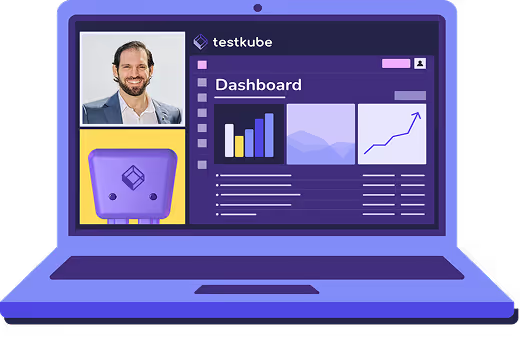Table of Contents
What Is a Per-Test Pricing Model?
A per-test pricing model is a consumption-based billing structure used by many SaaS testing platforms where customers are charged based on the number of test executions or test minutes consumed. Instead of paying a flat subscription fee, teams pay proportionally to how often they run tests or how many tests they execute.
Why the Per-Test Pricing Model Matters
For teams that test frequently or at scale, pricing tied directly to test usage can become a significant operational cost. While per-test pricing offers flexibility for small teams with limited runs, it can penalize organizations running large test suites or continuous testing pipelines.
Understanding this model is important because it affects both budget predictability and testing strategy:
- Frequent test execution directly increases spend.
- Teams may limit test coverage or run frequency to control cost.
- Cost per test run scales with infrastructure time or SaaS utilization, not necessarily value delivered.
In large or automated testing setups, this can lead to inconsistent cost control and create incentives to test less, not more.
How the Per-Test Pricing Model Works
Under this model, vendors track each test execution or usage minute and bill accordingly. Pricing may depend on several factors:
- Number of tests executed or test minutes consumed.
- Type of test (e.g., UI, API, performance, or mobile).
- Concurrency limits or usage tiers.
- Test environment complexity (e.g., number of devices, browsers, or clusters).
For example, a company might pay per test run or per “virtual user minute” in a load test. Over time, these costs can accumulate rapidly in continuous integration or regression environments where tests are triggered multiple times per day.
Real-World Examples
- Cloud-based testing platforms charge per virtual user or per test execution for load and browser testing.
- Mobile device testing services bill per minute of device usage.
- API testing tools meter costs by number of API calls or test invocations.
Key Benefits
- Predictable entry cost: Low upfront cost for small or infrequent test usage.
- Scalable pricing: Pay only for what you use, ideal for early-stage projects.
- Transparent usage metrics: Direct link between test activity and billing.
- Vendor flexibility: Easily scale up or down based on testing needs.
How It Relates to Testkube
Testkube provides an alternative to the per-test pricing model by allowing organizations to run unlimited tests using their own Kubernetes infrastructure, avoiding the escalating costs of usage-based SaaS billing.
With Testkube:
- No per-test charges: Teams can execute unlimited tests, regardless of test frequency or suite size, without being billed for individual runs.
- Infrastructure ownership: Tests run inside your Kubernetes clusters, allowing you to fully control cost, scale, and performance.
- Cost optimization: By eliminating per-execution fees, Testkube reduces reliance on expensive SaaS load grids or virtual device platforms.
- Enterprise flexibility: Testkube supports both open source and self-hosted models, letting organizations manage testing without external cost dependencies.
- Integration efficiency: Tests triggered from CI/CD pipelines, GitOps flows, or Test Workflows incur no extra per-run fees.
This pricing independence empowers teams to scale testing freely and continuously without worrying about consumption-based billing.
Best Practices
- Evaluate how frequently your organization runs tests before committing to a per-test vendor.
- Estimate annual costs based on CI/CD frequency and parallel runs.
- Track per-minute or per-run pricing metrics to avoid surprise overages.
- Consider hybrid models that balance SaaS convenience with self-managed infrastructure.
- Use cost dashboards or analytics tools to monitor testing expenses in real time.
Common Pitfalls
- Underestimating total cost as testing scales.
- Reducing test frequency to save money, which lowers quality.
- Paying for idle infrastructure time or incomplete runs.
- Failing to factor in hidden costs like data storage or test retries.
- Locking into vendor ecosystems with steep consumption fees.


